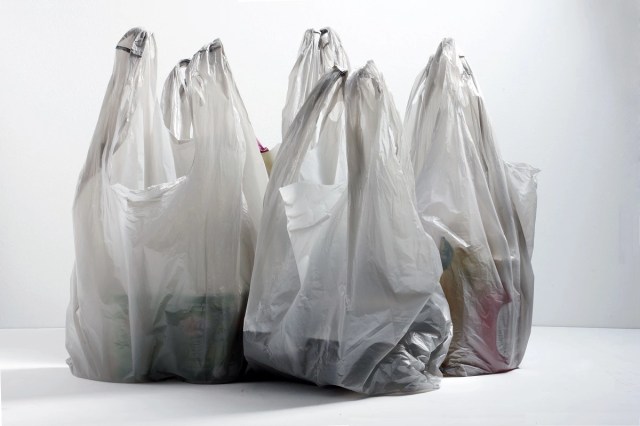
Substituting plastics with alternative materials is likely to result in increased GHG emissions, according to research from the University of Sheffield in the UK.
The study by Dr Fanran Meng from Sheffield’s Department of Chemical and Biological Engineering, in collaboration with researchers from the University of Cambridge and the KTH Royal Institute of Technology, has revealed the emissions associated with plastic products compared to their alternatives.
Published in the journal Environmental Science & Technology, the study looked at plastics and their replacements across various applications, including packaging, construction, automotive, textiles and consumer durables. These sectors collectively represent a significant portion of global plastic usage.
Despite concerns about plastics’ contribution to greenhouse gas (GHG) emissions, study reveals that in 15 out of 16 applications examined, plastic products actually result in lower GHG emissions compared to alternatives.
Plastics demonstrate superiority in factors such as energy intensity during production and weight efficiency, contributing to their reduced environmental footprint.
The study emphasises the importance of optimising plastic use, extending product lifetimes, boosting recycling rates, and enhancing waste collection systems as effective strategies for reducing emissions associated with plastic products.
Plastic packaging is highlighted for its crucial role in preserving food quality and preventing food spoilage, which in turn helps mitigate GHG emissions.
The reduction in emissions spans from 10 per cent to as high as 90 per cent across the product life cycle.
To understand the environmental impacts, the Sheffield academics used a tool called life cycle assessment (LCA). This method helps compare how different products affect the environment. The study adopted an LCA approach to evaluate the GHG emissions associated with plastic products versus alternatives across different sectors.
Even when focusing solely on direct life-cycle emissions, plastics maintain their advantage in nine out of 14 applications. Factors such as lower energy intensity during production and plastics’ weight efficiency contribute to their reduced environmental footprint compared to alternatives like glass or metal.
Plastics also demonstrate superiority in upstream processes, including production and transport, in 10 out of 16 applications. This advantage stems from their lower energy intensity and lighter weight, highlighting the efficiency of plastic materials in mitigating emissions, according to the study.
Dr Fanran Meng, assistant professor in Sustainable Chemical Engineering at the University of Sheffield, said: “Not all alternative or recycled products are better for the environment than the products they replace. Environmental policymaking needs life cycle assessment guided decision-making to make sure that GHG emissions are not unintentionally increased through a shift to more emission-intensive alternative materials. Demand reduction, efficiency optimisation, lifetime extension and reuse/recycling are win–win strategies to reduce emissions effectively. Solely focusing on switching to alternative materials is not.”
Dr Meng added: “Our research highlights the importance of using the life cycle assessment tool to better understand how plastics and their alternatives can affect the environment, but I would also like to stress the importance of not overlooking the impact of plastics on marine ecosystems and potential impacts on human and ecological health. We need to consider all of these impacts when choosing which materials to use in products to ensure we are using the right materials for the right purpose and to help us develop a sustainable plastics sector.”


